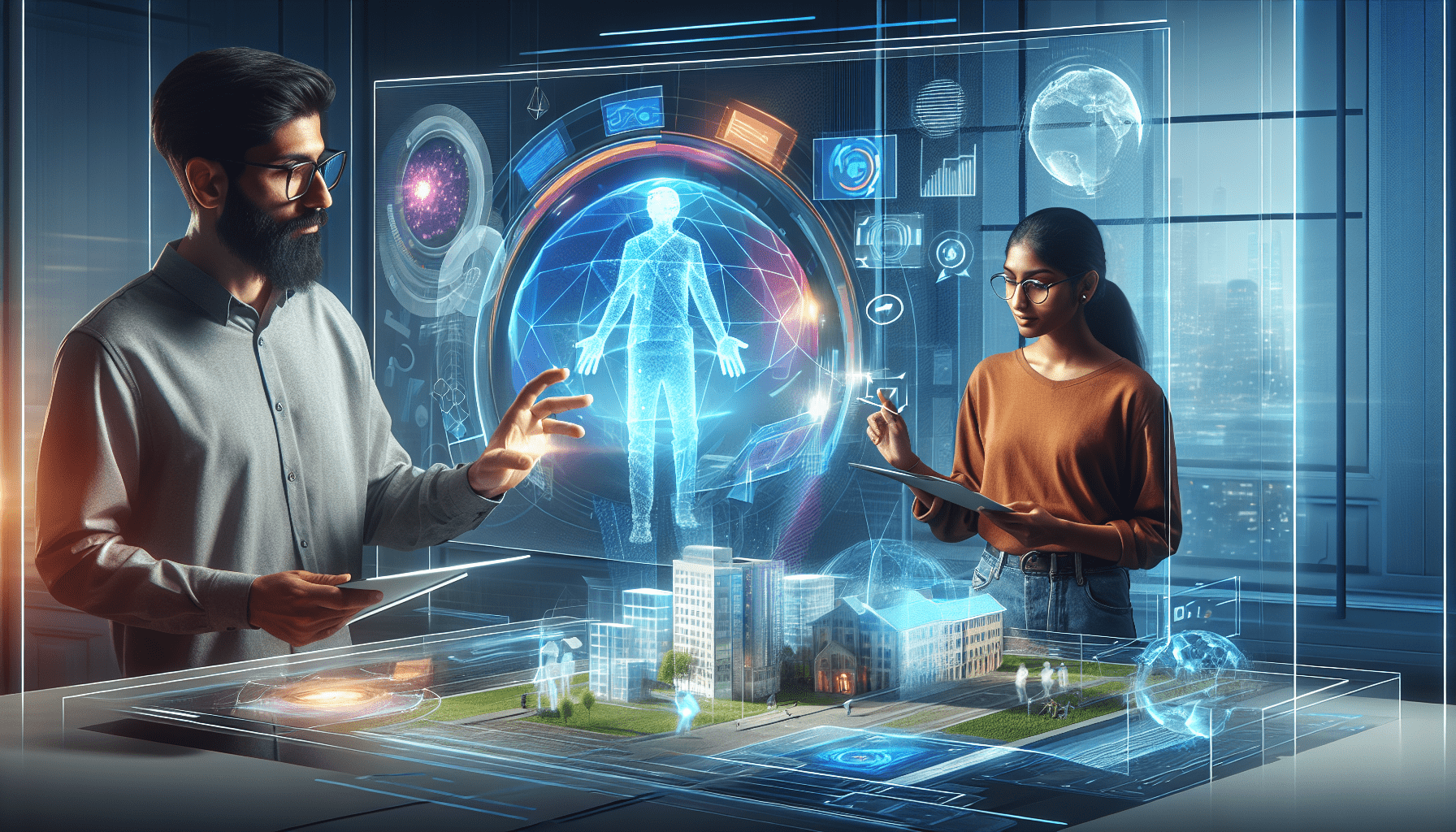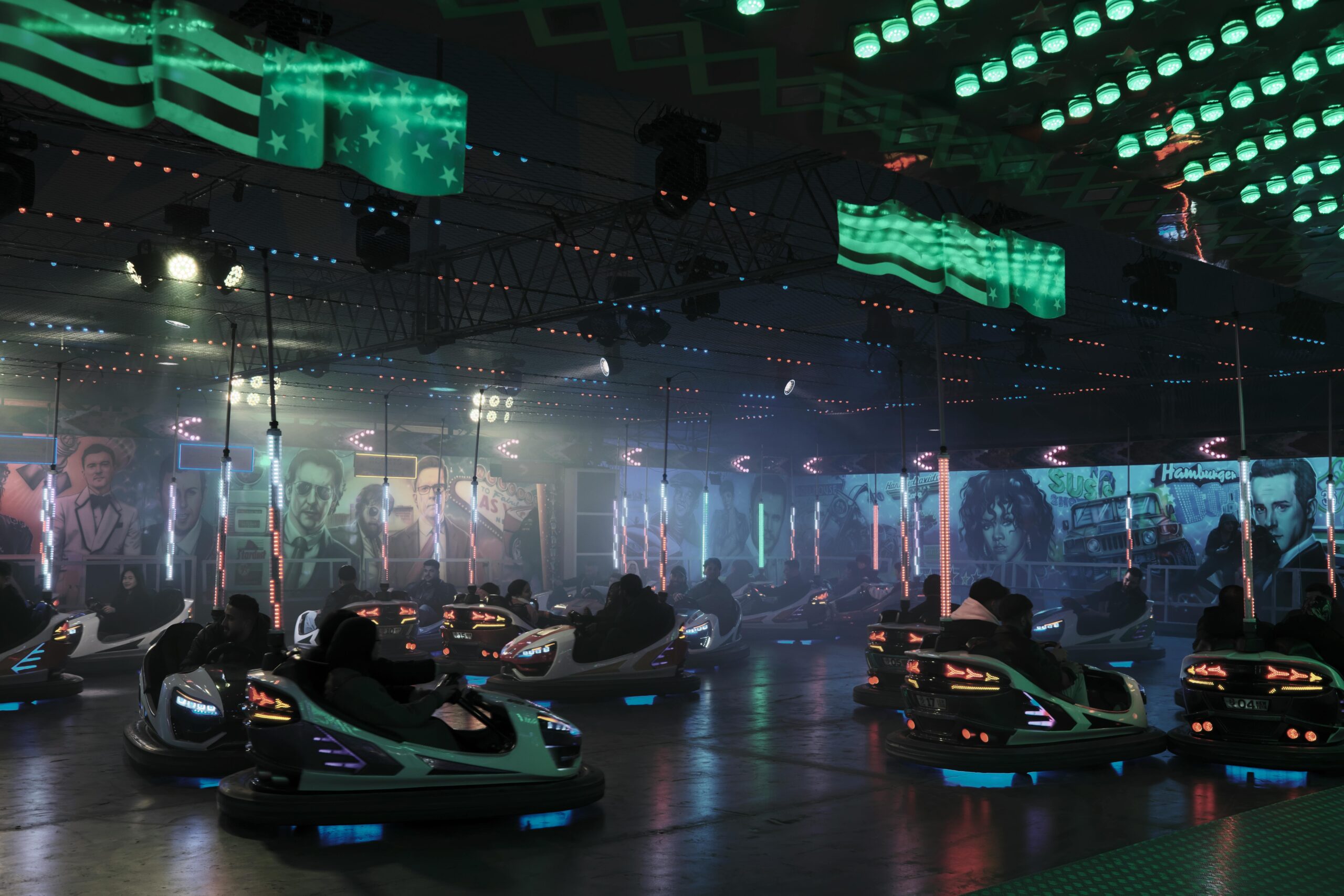Understanding augmented reality
Imagine a world where the digital blends seamlessly with the physical, enhancing your everyday experiences. In “Understanding Augmented Reality,” you’ll uncover the fascinating practical uses of augmented reality that are reshaping various industries. From interactive educational tools that make learning more engaging to advanced healthcare applications that assist surgeons in complex procedures, this article explores how AR is transforming the way you interact with the world around you. Dive in to see how AR is not just a futuristic concept, but a present-day reality improving lives in the most amazing ways. Have you ever wondered what augmented reality (AR) really is and how it’s being used in our daily lives? It’s a fascinating subject that blends the real world with digital elements, making for an enhanced experience whether you’re working, playing, or shopping. Let’s dive into the world of augmented reality and how it’s reshaping various industries with practical applications you’ll find truly amazing.
$30 off $400+ Anycubic Products with code AC30OFF
What is Augmented Reality?
Definition of Augmented Reality
Augmented Reality (AR) is a technology that overlays digital information—such as images, sounds, or other data—onto the real world, typically through a device like a smartphone, tablet, or AR glasses. Unlike virtual reality (VR) which immerses you entirely in a digital environment, AR enhances your real-world surroundings by adding digital elements that you can interact with.
The Technology Behind AR
The tech behind AR involves a combination of hardware and software elements. On the hardware side, you have devices like smartphones, tablets, AR glasses, and even specialized AR lenses. On the software side, there are AR platforms like ARKit for iOS and ARCore for Android that enable developers to create AR applications.
How Does Augmented Reality Work?
Sensors and Cameras
Your device’s camera and sensors are pivotal in capturing data from the real world. They recognize objects, understand spatial relationships, and track movement to ensure that the digital overlays align correctly with the real environment.
Processing Power
High-performance processors are essential for running AR applications smoothly. These processors handle the graphics, computations, and data transfer between the real-world environment and the digital elements.
Displays
The display unit, whether it’s your smartphone screen or specialized AR glasses, is where the magic happens. The display shows the real world while overlaying the digital components, allowing them to interact seamlessly.
Algorithms
Advanced algorithms and machine learning models are employed to recognize objects and understand the context and spatial orientation. These algorithms ensure that the digital elements remain accurately positioned, even as you move around.

Buy Photon Mono M5 Get Free 1KG Resin
Practical Uses of Augmented Reality
Augmented Reality in Retail
Enhanced Shopping Experience
Imagine trying on clothes without ever stepping into a fitting room. AR enables virtual fitting rooms where you can see how a garment looks on you through your phone or AR glasses. Retailers like IKEA use AR to let you visualize how furniture will look in your home before making a purchase.
Virtual Product Manuals
AR can simplify complex assembly instructions by showing you step-by-step guides overlayed on the actual parts. This eliminates the need to leaf through thick manuals or watch long videos.
Augmented Reality in Education
Interactive Learning Materials
Students benefit greatly from AR by making learning more interactive and engaging. For instance, AR can bring a 3D model of the solar system into the classroom, allowing students to explore planets and their orbits in real-time.
Virtual Lab Experiments
Imagine performing lab experiments without the risks and limitations of a physical lab. AR lets students conduct virtual experiments, providing a safe and scalable environment for practical learning.
Augmented Reality in Healthcare
Medical Training
AR is revolutionizing medical education by allowing students to interact with 3D models of human anatomy. This enables a deeper understanding of complex medical concepts and procedures.
Enhanced Diagnostics
Doctors can use AR to visualize patient data in real-time during surgery, improving precision and outcomes. For example, Google Glass has been used in surgeries to provide surgeons with easy access to important data without needing to look away from the patient.
Augmented Reality in Real Estate
Virtual Property Tours
AR allows potential buyers to take virtual tours of properties, even if they’re located far away. You can walk through homes, see different rooms, and even explore neighborhood amenities—all from the comfort of your couch.
Interior Design
Thinking of redecorating? AR apps can help you visualize changes in your home. You can see how different colors, furniture, and decor items will look before making any purchases or decisions.
Augmented Reality in Gaming
Immersive Game Play
Games like Pokémon GO have showcased AR’s potential in offering an immersive gaming experience. You interact with digital creatures that appear to be part of your real-world surroundings, making the game far more engaging.
The Future of Augmented Reality
Integration with AI
The integration of AI with AR will make for even more intelligent and interactive experiences. AI can help AR understand context better, providing more relevant information and responses.
Expansion into New Industries
AR is continually evolving and finding new applications in industries like automotive, where it can be used for hands-free navigation and real-time hazard detection, and in manufacturing for quality control and complex assembly tasks.
Consumer Wearables
With companies like Apple and Google investing heavily in AR glasses, we can expect to see more consumer wearables that integrate AR seamlessly into our daily lives. Think smart glasses that can give you real-time information about your surroundings, from identifying plants to reading signage in foreign languages.

Ethical Considerations
Privacy Concerns
As AR becomes more prevalent, privacy concerns arise. AR can record and collect data about your surroundings, which raises questions about consent and data security.
Digital Divide
The benefits of AR are not evenly distributed, potentially widening the digital divide. Access to AR technology and the internet is not universal, which could leave some populations behind.
Content Control
Who controls the digital content that overlays the real world? Misleading or inappropriate content can have serious implications, especially as AR becomes more integrated into daily life.
Conclusion
Understanding augmented reality opens up a world of possibilities, from transforming your shopping and learning experiences to revolutionizing healthcare and real estate. While the technology is still evolving, its current and potential applications are already making significant impacts. By becoming familiar with AR, you’re getting a glimpse into the future of technology and how it can enhance our interactions with the world around us.
So next time you use a filter on Instagram or navigate using an AR-driven app, you’ll know there’s a lot more to it than just pixels on a screen. It’s a fascinating, complicated, and ever-evolving field that’s gradually becoming an indispensable part of our daily lives.
$30 off $400+ Anycubic Products with code AC30OFF



